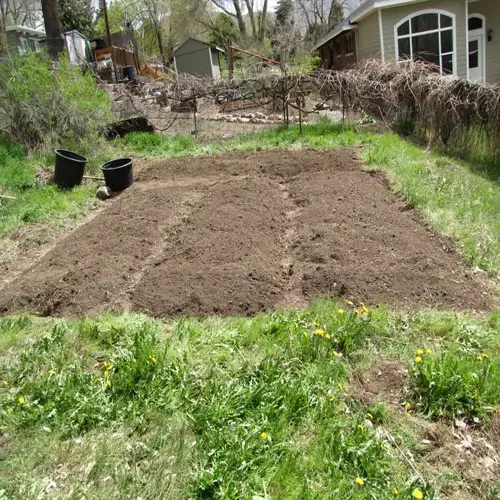What are the daily care requirements for indoor turmeric?

Written by
Tina Carter
Reviewed by
Prof. Martin Thorne, Ph.D.Daily check-ins will allow your indoor turmeric plants to reach their full potential. Turmeric requires precise care routines tailored to the season and its specific growth stage. I have kept detailed logs of my plants' behavior, tracking their responses to various care techniques, over five growing seasons, and have refined my methods accordingly.
Water management is the foundation of successful turmeric production. Check for soil moisture daily by sticking your finger into the soil to the first knuckle. Water thoroughly only when the top 1 inch feels completely dry. I water with room-temperature filtered water to avoid shocking the roots and avoid mineral buildup.
Moisture Management
- Check soil dryness at 1-inch depth each morning
- Water thoroughly until drainage occurs
- Empty saucers after 30 minutes to prevent root rot
- Adjust frequency based on seasonal humidity changes
Light Optimization
- Rotate plants 90° daily for even exposure
- Wipe leaves weekly to remove dust buildup
- Monitor light intensity with smartphone apps
- Supplement natural light with full-spectrum LEDs in winter
Environmental Control
- Record temperature and humidity twice daily
- Maintain 60-70% humidity using pebble trays
- Ensure adequate airflow without direct drafts
- Group plants to create beneficial microclimates
Organic fertilization enriches the plant while avoiding the accumulation of chemicals. I utilize diluted fish emulsion and compost tea, alternating every four weeks during active growth. Apply fertilizers to moist soil in the early morning hours to minimize root burn and maximize nutrient absorption.
Consider daily visual inspections, watch leaf undersides for spider mites, and the soil for fungus gnats. I spray neem oil weekly as a preventative treatment and isolate plants as soon as I find an infestation. Healthy plants are less susceptible to pests than stressed plants.
Consistency in care is key, and I make it a point to check on all my plants every morning for 10-15 minutes. I also write down notes, which helps me notice patterns and modify care. When you consistently stay on top of care, you can expect robust plant growth and ample harvests.
Read the full article: How to Grow Turmeric Indoors Successfully

